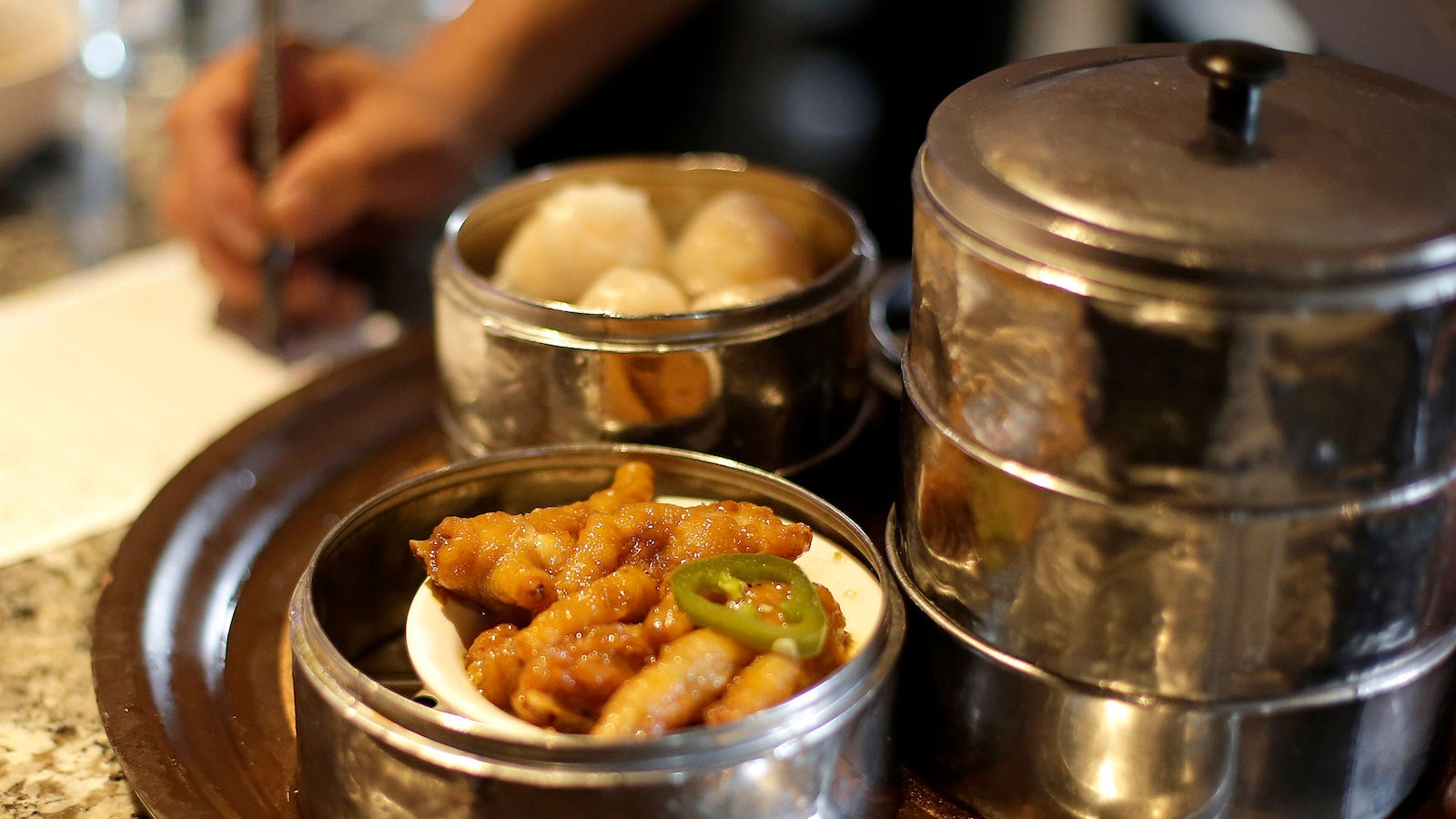Americanized Chinese food is a legit cuisine—it’s even being eaten in China
Would the Chinese ever crave a plate of Kung Pao chicken—a dish that doesn’t exist in China but is beloved by Americans? In 2013, two American graduate students set out to open what they believe is the first westernized Chinese food restaurant in China.


Would the Chinese ever crave a plate of Kung Pao chicken—a dish that doesn’t exist in China but is beloved by Americans? In 2013, two American graduate students set out to open what they believe is the first westernized Chinese food restaurant in China.
It came while completing a master’s program in Shanghai when Fung Lam—the grandchild of Chinese immigrants—started missing the food he used to enjoy at his parents’ restaurant. Together with David Rossi, they created Fortune Cookie, which sells Chinese food that looks more like the kind Americans grew up eating out of takeout boxes: sweet and sour chicken, sesame shrimp, moo shu pork.
And they’re doing pretty well. Lam told the BBC that the restaurant has about a 99% success rate with expats, and about 70% with young locals. (Lam admits they have a much lower success rate with older locals.)
Selling a westernized version of a local cuisine back to that region may sound like sacrilege—except when it’s not. American Chinese food—like Tex-Mex and other cross-cultural hybrids—is a cuisine onto itself, with its own standards. More than that, it is a staple of the American cultural landscape: if you’re Jewish, you might enjoy Chinese food takeout on Christmas; if you’ve just been broken up with, you might find solace in an order (for one) of General Tso’s chicken.
Hua Hsu on the New Yorker’s website (paywall) discusses the legitimacy of Americanized Asian food and reviews the documentary film Off the Menu, where filmmaker Grace Lee goes from Honolulu to Wisconsin to New York to try to get to the soul of Asian-American cooking. In one scene, Lee tags along as a Per Se chef, Jonathan Wu, visits his father back home in Yonkers, New York.
Communication with his grandfather is halting but pure, and the distance between them becomes a space for play, for projection and dreaming in the kitchen. Wu assembles his version of an egg roll, spiked with the surprising tang of chilies and olives, for his grandfather and his grandfather’s friend. They like it. And then they ask: What is this?
And Rossi and Lam aren’t the first restaurateurs to attempt such a feat. There’s the popular Señor Frog’s and Carlos’n Charlie’s franchises in Mexico that sell the kind of nachos, quesadillas, and margaritas that locals and tourists alike love. Last year, Domino’s opened its first restaurant in Milan, attempting to sell pies with ham and pineapple on them back to the region that invented pizza.
But unlike those examples, Fortune Cookie doesn’t smack of a global, corporate franchise. To get the menu just right, Rossi and Lam flew Lam’s father to Shanghai to teach the local Chinese chefs his recipes—so their customers can enjoy the very same food in Shanghai that’s being served in the US.